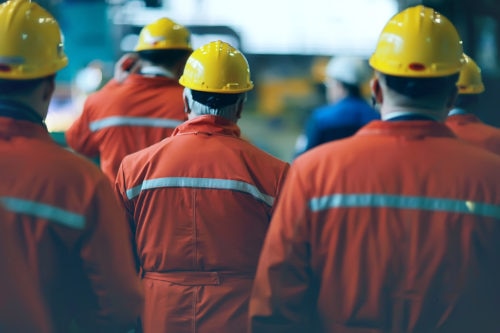 In the industrial and commercial sectors, automation has long been considered essential for the growth and success of businesses. Automated systems enable facilities to increase output, improve product quality, shorten lead times, reduce material waste, and raise productivity, all of which can result in greater profitability. However, despite the numerous advantages automation offers to businesses, many people wonder whether the technology is good for workers.
In the industrial and commercial sectors, automation has long been considered essential for the growth and success of businesses. Automated systems enable facilities to increase output, improve product quality, shorten lead times, reduce material waste, and raise productivity, all of which can result in greater profitability. However, despite the numerous advantages automation offers to businesses, many people wonder whether the technology is good for workers.
The short answer to that question is yes. While it is commonly believed that investing and utilizing robots will put people out of work, the truth is automation technology reframes existing jobs and creates new opportunities to build a safer and broader work environment. Below, we go more in-depth on the impact of automation on the workforce.
Safer Work Environment
Automation systems are often used for operations that would be difficult or dangerous for human workers. For example, many companies utilize robots to perform work involving harsh chemicals or dangerous machinery that could injure or otherwise have adverse effects on human health or wellbeing. As a result, they improve employee safety within the workplace, which was/is the objective of the United States Occupational Safety and Health Act of 1970 (OSHA). The introduction of the act has been one of the leading causes of the rapid adoption of automation technologies in factories.
Shorter Workweeks
Factories that utilize automation technology can operate 24/7 without hiring additional employees or forcing existing employees to work extended hours. In the 1900s, the average workweek was about 70 hours. Today, it has been reduced to approximately 40 hours. Two of the main reasons for this reduction are mechanization and automation, both of which have helped shorten the time it takes to process a production order. The result is employees can enjoy a better work-life balance even as factory productivity increases.
Lower Training Requirements and Broader Range of Job Opportunities
Automation technology enables workers to have greater flexibility. Rather than being trained to perform one specific task, they can be trained to use equipment that can perform many tasks. These skills enable them to more easily transition between different production jobs within the facility. Additionally, as they are free from being pigeonholed into a single role, they can train for other aspects of the business, such as data analysis, troubleshooting, and production management.
Better Business Operations
In factory settings, automation generally refers to robotics. However, the term is much broader, encompassing any technology used to automate operations. For example, automation software can be used to facilitate customer service transactions and interactions, streamline hiring processes, or manage advertising campaigns. As automation technology advances, it is likely to find application in even more workplace operations.
Automated Services and Secondary Offerings at PF Technologies
At PF Technologies, we specialize in the applying paints, coatings, and other decorative elements to plastic, metal, and glass. Our team is committed to delivering the best cosmetically coated components. That’s why we will help you create a new design or troubleshoot an existing one and prepare the substrate before we apply the paint or coating material. You can count on us to get the job done right the first time!
One of the keys to our success is automation. We use robotic work cells to apply repeatable dry film thicknesses to parts, ensuring you receive a finish with stable and consistent color and gloss. The technology collects and utilizes thickness data to control part-to-part and batch-to-batch color and gloss. As a result, you never have to worry about color mismatching, even if your order involves numerous individually painted/coated parts that will be assembled together.
To learn more about our robotically applied coatings or inquire about career opportunities, contact us today.
